5 of the Best Colorado Day Hikes to Help You Train for Colorado 14ers
Colorado is well known for its long list of big 14,000 foot peaks, and if you are keen to tackle some of them it’s good to get some training hikes under your belt before your big summit challenge. Training hikes help to not only build your stamina and muscles for big 14er hikes, but also provide great mental training that will be crucial for you when you are feeling tired.
In this post my friend and fellow outdoor blogger, Chris a.k.a. "The Bold Nomad", talks about 5 of the best Colorado day hikes that are great training hikes for Colorado’s big fourteener mountains. These are some of best trails in Colorado and with these leg busting training hikes, you’ll be at 14,000 feet in no time!
To learn more about Chris, check out his bio at the bottom!
Colorado is home to the most 14,000-foot peaks in the U.S. Alaska comes in second with 29, and California is third with 12. Depending on how you decide to classify what distinguishes a peak as being its own 14,000ft monolith, there are anywhere between 53 and 58 in Colorado. Some believe that to classify as its own 14er, a peak must rise at least 300 feet above the saddle that connects it to its neighboring 14er.
Climbers, skiers, and peak-baggers from all around the U.S. and the world are drawn to the numerous and massive peaks here in Colorado. Some set out to climb them all, some to do the most iconic, and some to tackle the more difficult mountaineering routes.
Most of the Colorado 14ers are hikable without technical gear or experience. However, there is a saying that “no 14er is easy”, meaning that just due to the sheer altitude, even the “easiest” 14er can feel quite difficult.
I personally have done 14 distinct 14ers in Colorado thus far. I have done a couple of those 14ers multiple times. My experiences on Colorado’s 14ers have ranged from easy day hikes to dangerous conditions in which I’ve had to turn around and abandon my summit attempt.
The first 14er I completed was Longs Peak, which is not necessarily recommended as a good first 14er to do. But the challenge was memorable, both because it was my first, and because I did it with my brother. That summit won’t be a hike I’ll soon forget.
If you're interested in learning more about getting prepared and training for fourteeners, check out these 7 tips to hiking and summiting your first fourteener mountain, which goes into much more detail about picking the right 14er for you, planning for your summit, training, and more.
GRAB MY [FREE] OUTDOOR BACKPACKER STARTER KIT:
I created the Ultimate Outdoor Backpacker Starter Kit for you (and it's FREE)! This starter kit is filled with 14 pages of my best hiking and backpacking tips to help you learn what it takes to become a safe, confident, and self-sufficient outdoor backpacker!
Location of the 5 Colorado Day Hikes
Here are some of the best places to hike in Colorado that make great training hikes. They are located all around the Front Range, and these hikes are enjoyable on their own,but are especially great as s a way to prep for a more difficult 14er hike.
Below is a map showing the location of each of the hikes discussed below.
These training hikes fit in perfectly with any Colorado road trip, and make a great way to see the beautiful state of Colorado while also visiting some beautiful, and challenging hiking trails.
The 5 Best Colorado Day Hikes to Train for 14ers
Preparing yourself for hiking a 14er is something that I highly recommend. You may be able to do a 14er right now, sure, but if you prepare yourself for the climb, I promise you’ll be able to enjoy it so much more. Doing other hikes to familiarize your body with the demands of hiking a 14er is a great start!
Without further ado, here are 5 of the best day hikes in Colorado to help you train for a big 14er adventure.
1. South Boulder Peak
South Boulder Peak Quick Facts:
Elevationt: 8,549 ft.
Trail to Summit: Homestead Trail, Shadow Canyon South, Shadow Canyon, South Boulder Peak
Type of Trail: Out & Back
Total Mileage: 7.5 miles
Total Elevation Gain: 2,936 ft.
Permit Required for Day Hiking: None
Fun Fact: South Boulder Peak is the highest of the Boulder, Colorado Foothills.
This is one of the best day hikes near Denver, and I’ve done it many times! It is very close and convenient to anyone living in the Boulder/Denver area, so if you want to tackle a big hike without traveling far, this is the one!
Climbing nearly 3,000 feet in just over 3 miles is a great way to find out what climbing a 14er might feel like. The elevation gain over the relatively short mileage is what makes this a great training hike.
Not gonna lie, the Shadow Canyon section of this hike is brutal. But the rewards are well worth it. When you top out on the saddle between South Boulder Peak and Bear Peak, you are immediately struck by impressive views that prove how much you’ve just climbed.
South Boulder Peak is the highest peak in the foothills of Boulder, so he views from the top are endless in all directions. On a clear day you can see Denver, Boulder, Longs Peak, and maybe even Pikes Peak to the south.
If you are interested in stepping up your game, head back down the saddle and summit nearby Bear Peak (8,459’). You could even challenge yourself to the famous Boulder Skyline Traverse, where you traverse the entire length of the Boulder foothills. The Skyline Traverse includes South Boulder Peak, Bear Peak, Green Mountain, Flagstaff, and Mount Sanitas. This hike covers over 16 miles with 6,000 feet of elevation gain.
2. The Manitou Incline
Manitou Incline Quick Facts:
Elevation: 8,600 ft.
Trail to Summit: Manitou Incline, Barr Trail
Type of Trail: Loop
Total Mileage: 3.6 miles
Total Elevation Gain: 2,052 ft.
Permit Required for Day Hiking: Yes, free reservations are required
Fun Fact: There are 2,744 steps that make up the Manitou Incline!
Want to get your heart rate up with some hiking near Colorado Springs? Tackle the super steep Manitou Incline! Located just west of Colorado Springs in n Manitou Springs, this unique and popular challenge will definitely test your quads.
Made from the remnants of an old cog railroad, “The Incline”, as it is locally known, rises straight up towards Pikes Peak. Many people are drawn to the Manitou Incline for their weekly, or even daily, workout.
I recommend hiking up this steep incline but following the Barr Trail back down. Not many hike up the Incline and back down, the steps are just too drastic.
Just like South Boulder Peak, this hike is a great way to experience huge elevation gains over short mileage, much like you’ll encounter on a 14er. You might even get a bit dizzy looking back down what you have just climbed, since the climb is so drastic. This climb is super rewarding, because each time you take a break and turn around, you can immediately see how high you’ve climbed.
Looking for an extra challenge? Try timing yourself each time you do it, trying to build endurance with each attempt.
3. Chasm Lake
Chasm Lake Quick Facts:
Elevation: 11,760 ft.
Trail to Summit: Longs Peak Trail, Chasm Lake Trail
Type of Trail: Out & Back
Total Mileage: 8.5 miles
Total Elevation Gain: 2,522 ft.
Permit Required for Day Hiking: No, but timed entry permits are required to enter Rocky Mountain National Park during peak season (end of May to mid-October)
Fun Fact: Longs Peak’s famous east wall, known as the ‘Diamond’ rises 2,400 ft. from the lake.
Chasm Lake sits directly under the east wall of Longs Peak’s (14,255ft.) and offers incredible views you won’t soon forget. Because Chasm Lake is situated at 11,760 feet, this hike will give you more exposure to higher elevations.
The majority of the trail leading up to Chasm Lake is also the trail you’d take to summit Longs Peak. As a bonus, you could also hike up to the Boulder Field (roughly 12,660ft.), or even up to the Keyhole (13,150ft.). If you make it to the Keyhole and peek through, you’ll get a sense of the exposure and scrambling that is required in order to reach the summit of Longs Peak.
Hiking and exploring this area leading up to Longs Peak is great training because you’re able to get as much out of it as you wish. You’ll climb above tree line, get some decent mileage under your belt, and have stunning views to boot.
Pro Tip: Get to the trailhead early, as this is a very popular route to Longs Peak, and the trailhead parking lot fills up fast.
GRAB MY ESSENTIAL HIKING GEAR PACKING LIST
And check out what we recommend as essential day hiking gear to have with you on day hikes, including our favorite trekking poles, hiking boots, water filters and more!
4. Comanche-Venable Loop
Comanche-Venable Loop Quick Facts:
Elevation: Tops out at 12,820 ft.
Trail to Summit: Comanche Trail & Venable Trail
Type of Trail: Loop
Total Mileage: 12.79 miles
Total Elevation Gain: 4,747 ft.
Permit Required for Day Hiking: None
Fun Fact: The Phantom Terrace contains no phantoms and is not haunted.
This is a fantastic hike, and one of the most beautiful hikes in Colorado. The Comanche-Venable Loop has waterfalls, high alpine lakes, goes above tree line, and, like most hikes in the Colorado high country, features stunning views!
I have personally done this hike twice, in both the clockwise and counterclockwise directions (you can’t go wrong either way). You really do get a little taste of everything on this loop.
You will hike through aspen groves, get to challenge yourself well above 12,000 feet, and test your mental fortitude on the Phantom Terrace. The Phantom Terrace is a narrow path with steep drop offs on one side and a steep wall on the other.
Challenging yourself to do the Comanche-Venable Loop as a day hike would make it a fantastic training hike. I have done it as a day hike, and it will take you several hours, so plan accordingly. Otherwise, there is camping along this loop, and you could make it a fairly easy two-day trip.
As a bonus, especially to increase the training benefits from this hike, you could scramble up a 13er or two along the way. Comanche Peak and Venable Peak are easily identifiable, and climbable. There are no trails to these peaks however, so doing this will test your off-trail route finding skills.
5. Flattop Mountain
Flattop Mountain Quick Facts:
Elevation: 12,362 ft.
Trail to Summit: Flattop Mountain Trail
Type of Trail: Out & Back
Total Mileage: 8.5 miles
Total Elevation Gain: 2,857 ft.
Permit Required for Day Hiking: No, but timed entry permits are required to enter Rocky Mountain National Park during peak season (end of May to mid-October)
Fun Fact: This trail, and the trails running through this area of Rocky Mountain National Park, were known to the Arapahoe Indians as “The Big Trail”.
Rocky Mountain National Park is a stunning mountain scape both in summer and winter. So many great hikes are available in the park, including Flattop Mountain, which is one of the best mountains to hike in Colorado.
Starting from the Bear Lake parking lot, this hike takes you up above the trees and above the stunning Emerald Lake. This hike can be done in all seasons; in winter, if you’re interested, you can skin up and ski or board it. Just be sure to have avalanche education and awareness because it is avalanche territory.
I recommend this hike as a great way to train for winter ascents. It’s a relatively low danger area (but not completely safe, so you should have avalanche training) that will give you a taste of what the wind can be like above tree line. Be prepared though, because if you’re not, you’ll quickly realize it, and should make the smart decision to turn around.
This is a great hike to get used to early start times. Since the Bear Lake parking lot fills up quickly (reservations to enter the Rocky Mountain National Park are required during peak season), get there before sunrise and practice summiting before noon. Colorado is known for its summer lightning storms, which often roll in after noon.
For a more detailed resource on hiking Colorado's 14ers, Chris recommends checking out Gerry Roach's book, Colorado's Fourteeners: From Hikes to Climbs.
You can learn more about Chris at his blog, The Bold Nomad!
We hope you enjoyed this guest post from Chris that details some of the best Colorado hikes for training. Now that I’ve moved to Colorado, I’m looking forward to hiking some more of it's 14ers myself!
For more on hiking 14ers, check out these posts:
Alright now, no more excuses to put off your 14er dreams! Add these 5 best hiking trails in Colorado to your list and get to training!
Cheers,
Allison - She Dreams of Alpine

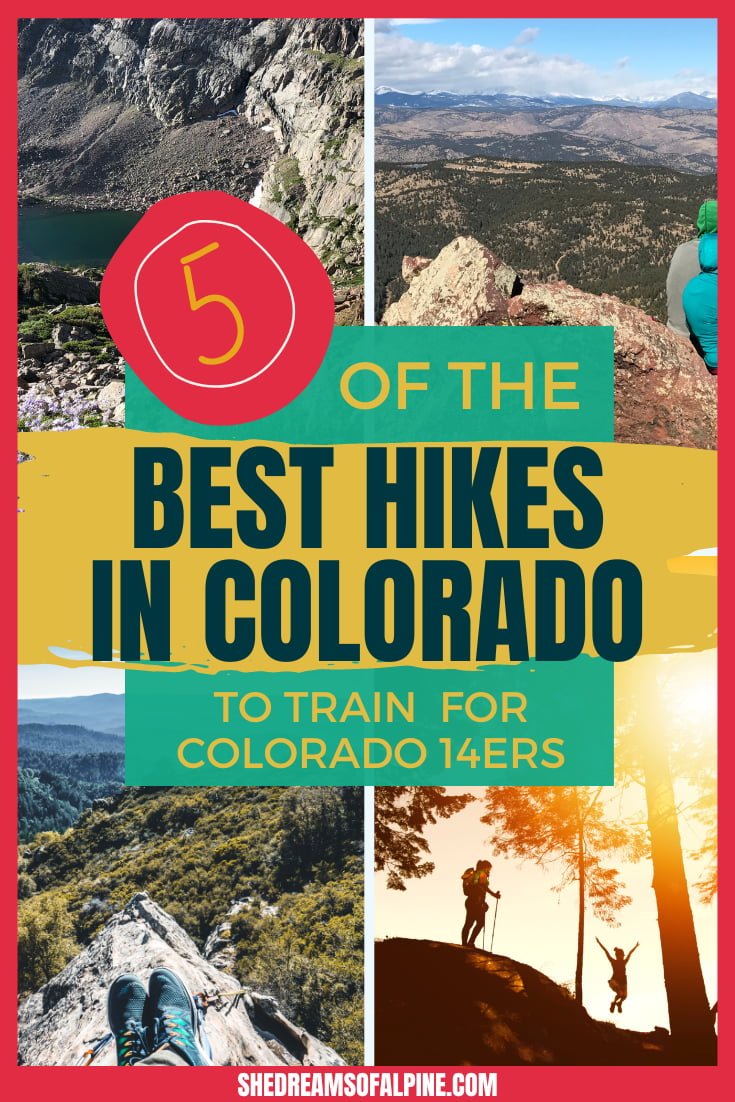





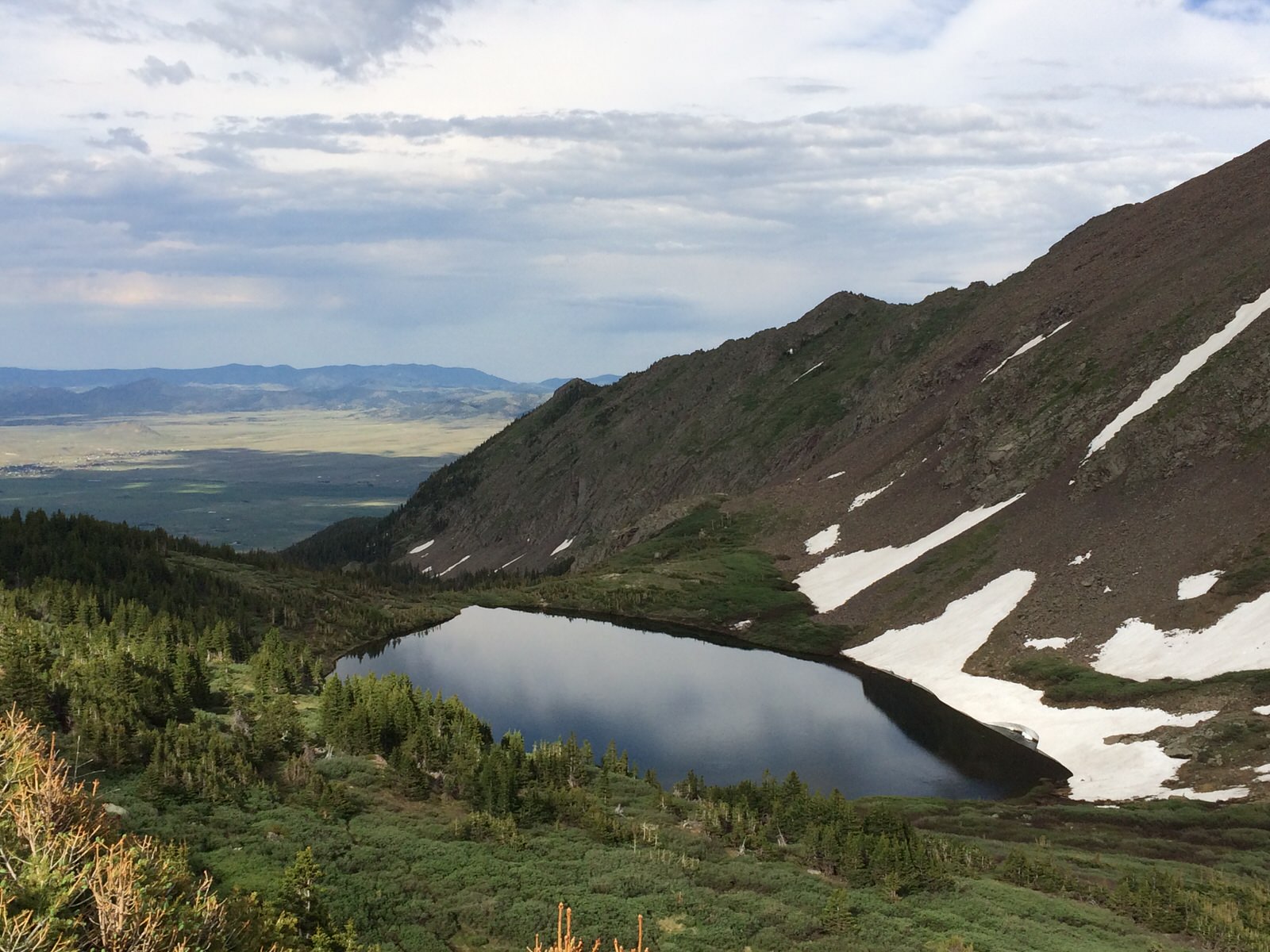
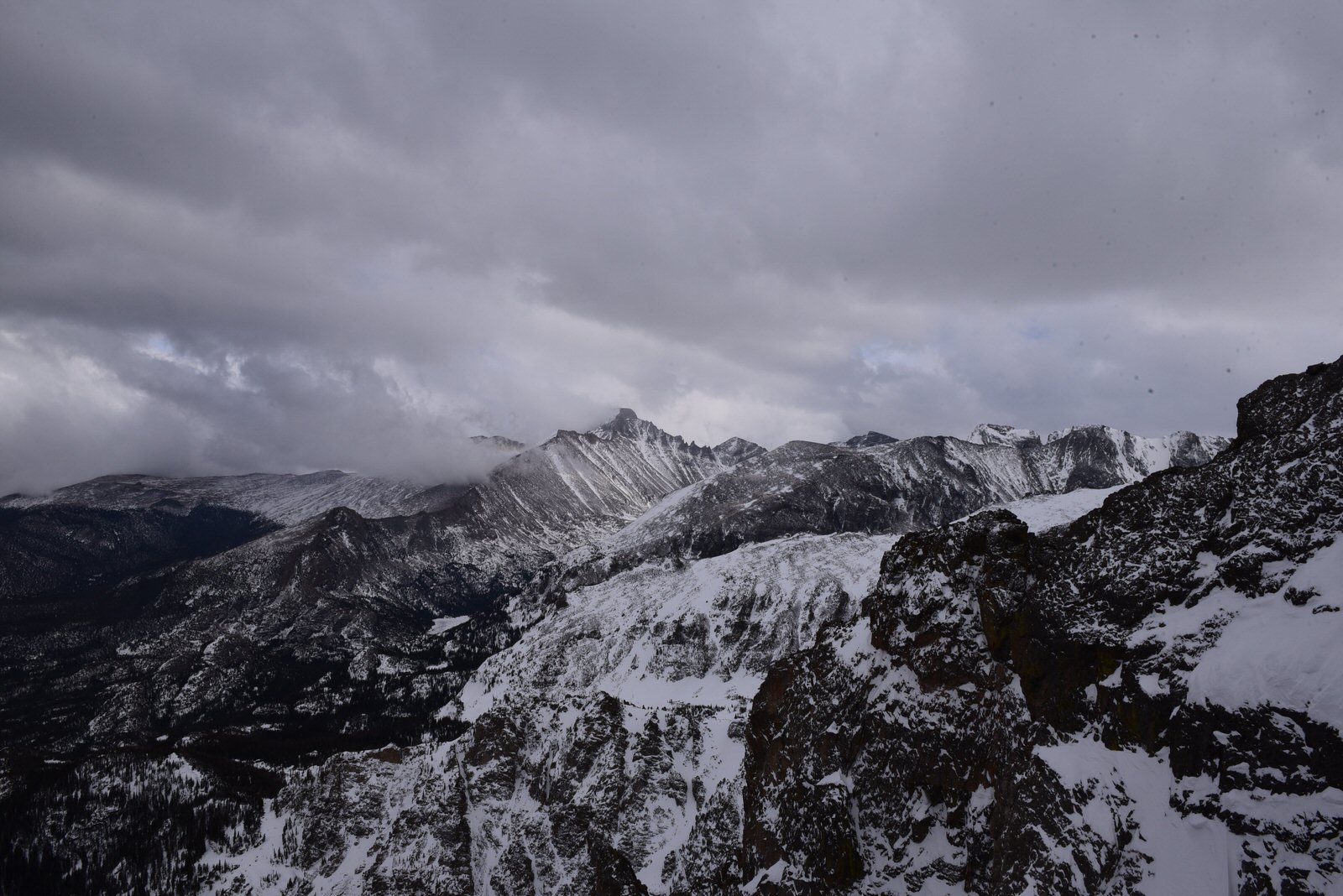
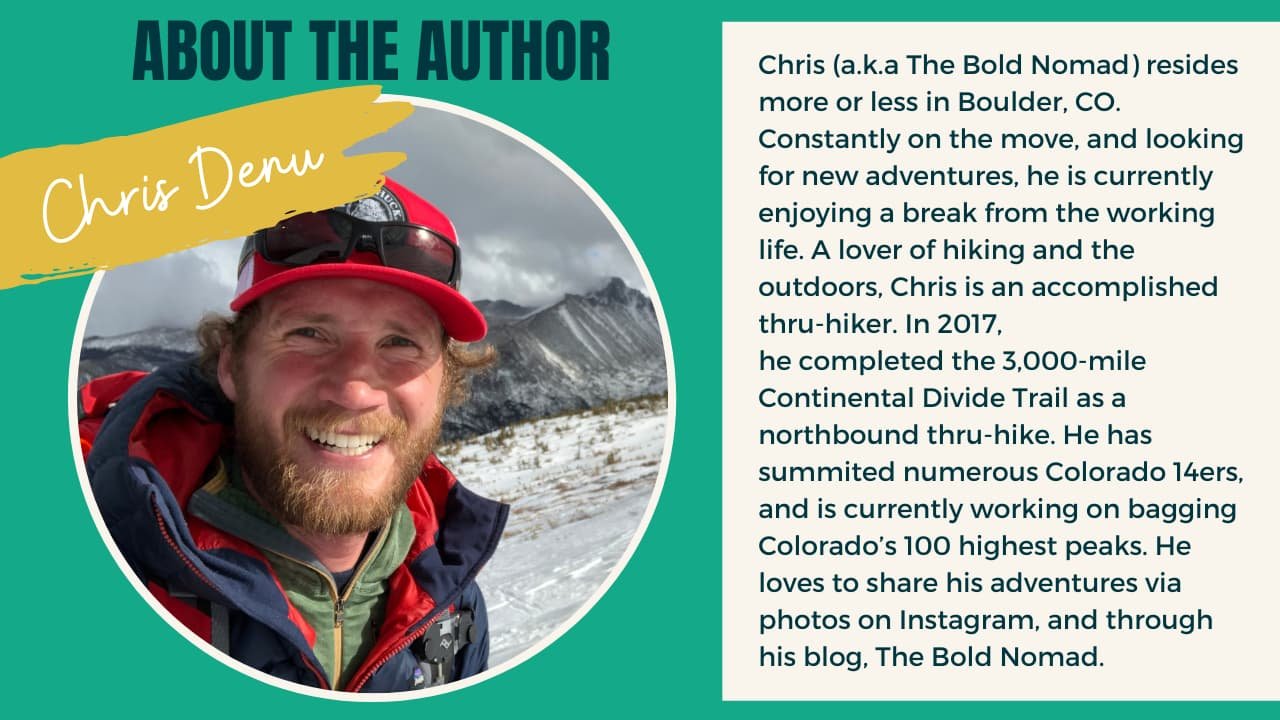
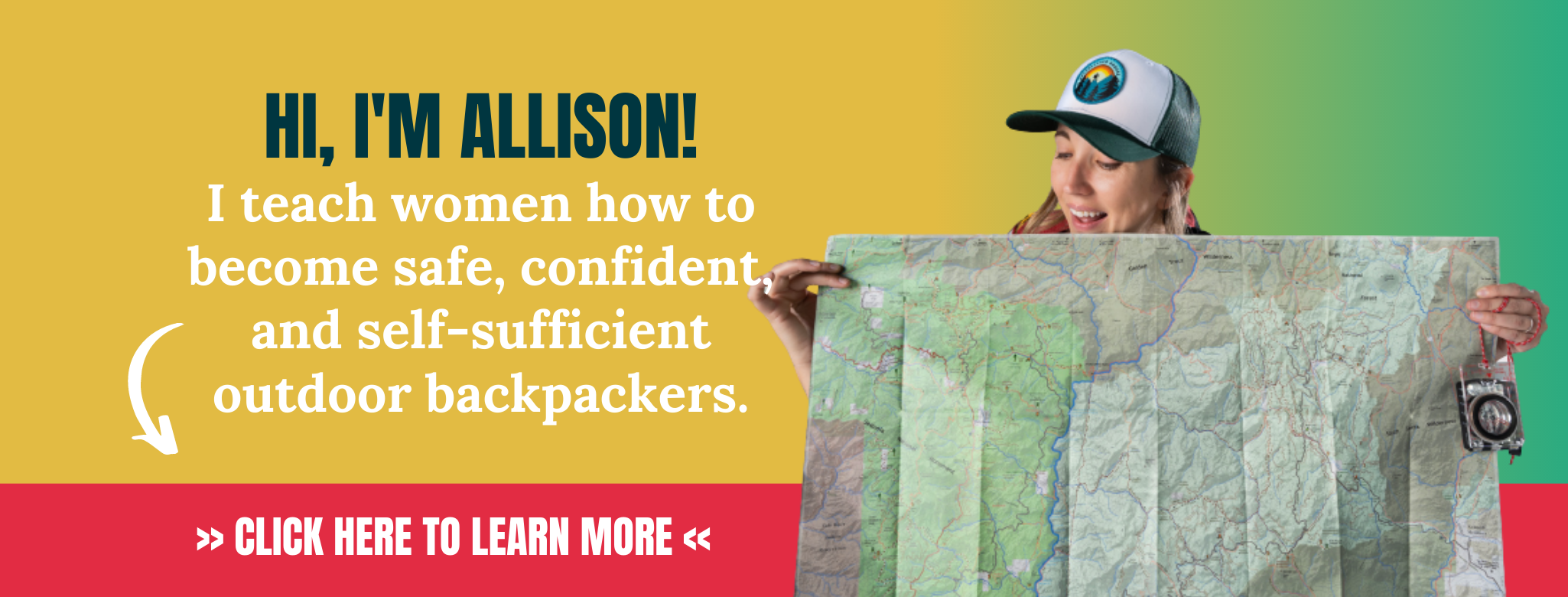


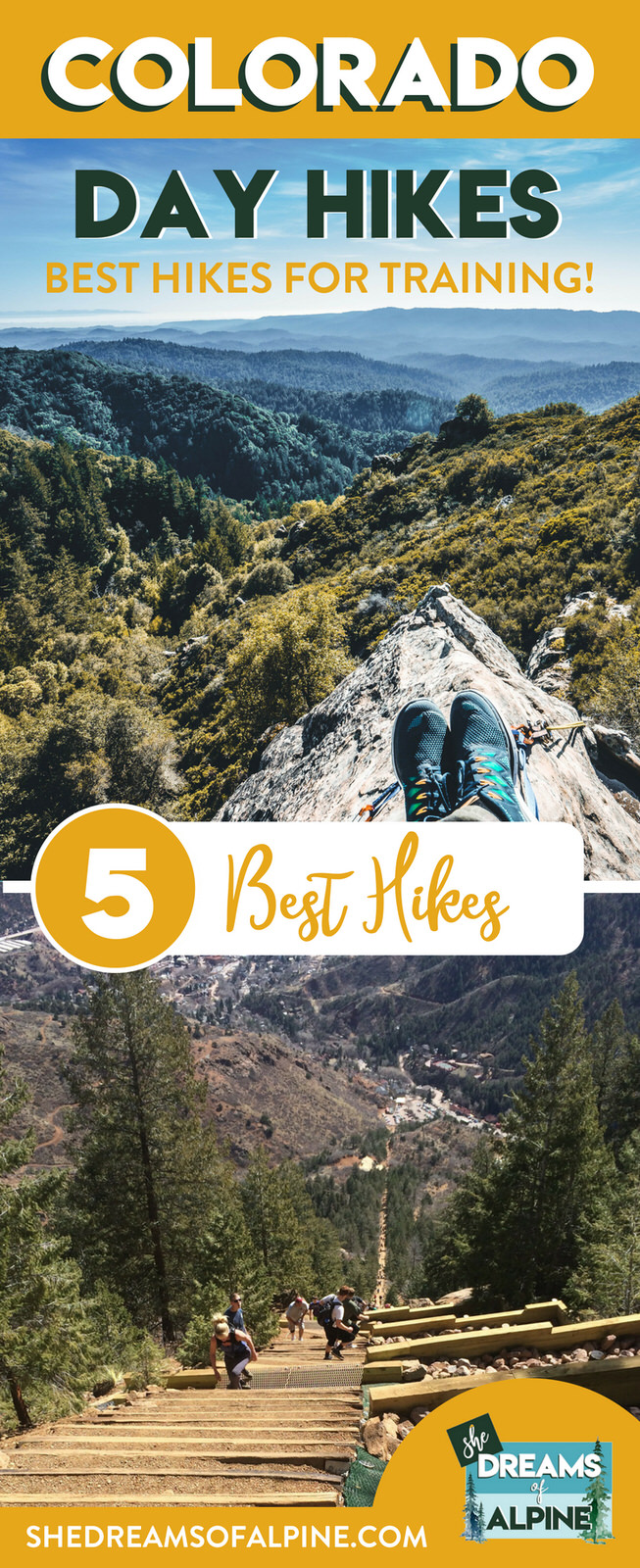



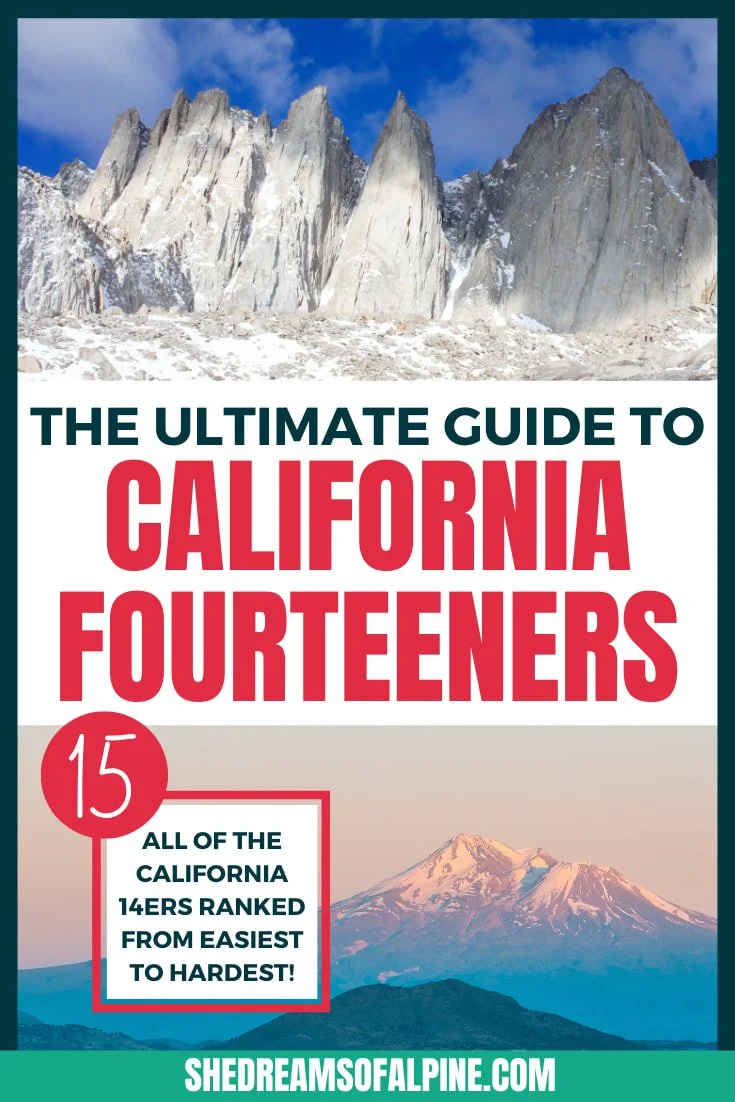
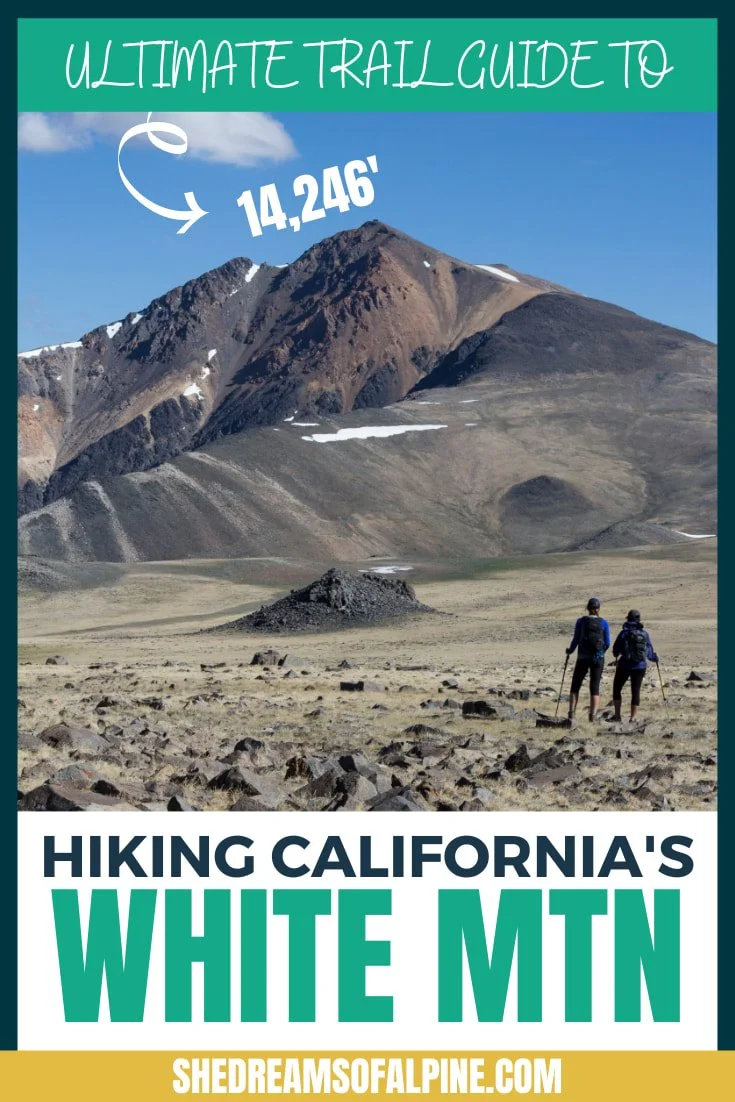
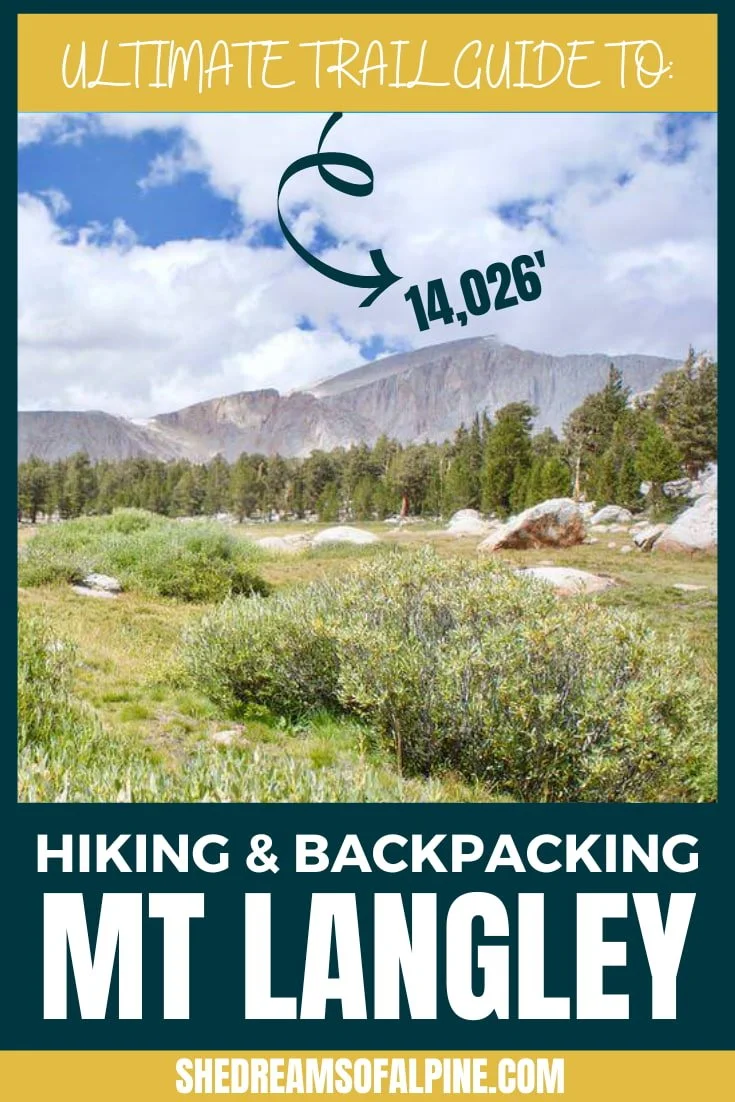


Hiking Mt. Whitney Trail Guide: How to Successfully Summit the Highest Peak in the Lower 48 | This Mount Whitney Trail Guide is your A to Z resource on any and all things involving the Mount Whitney Hike. From day hiking Mt. Whitney to backpacking Mt Whitney, you’ll find everything you need to successfully summit and tackle one of the tallest peaks in the United States. A bucket list hike for every outdoor lover! | shedreamsofalpine.com